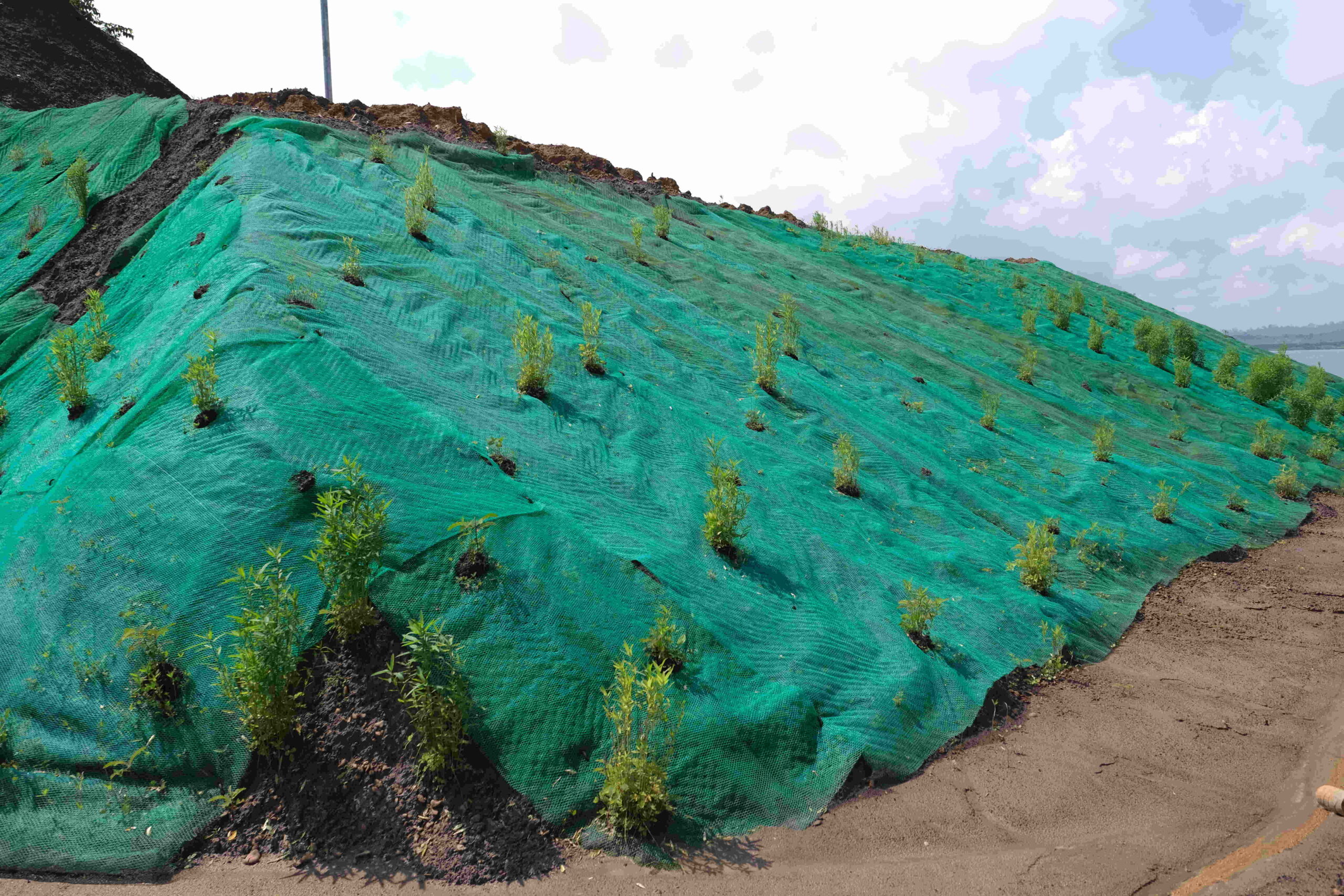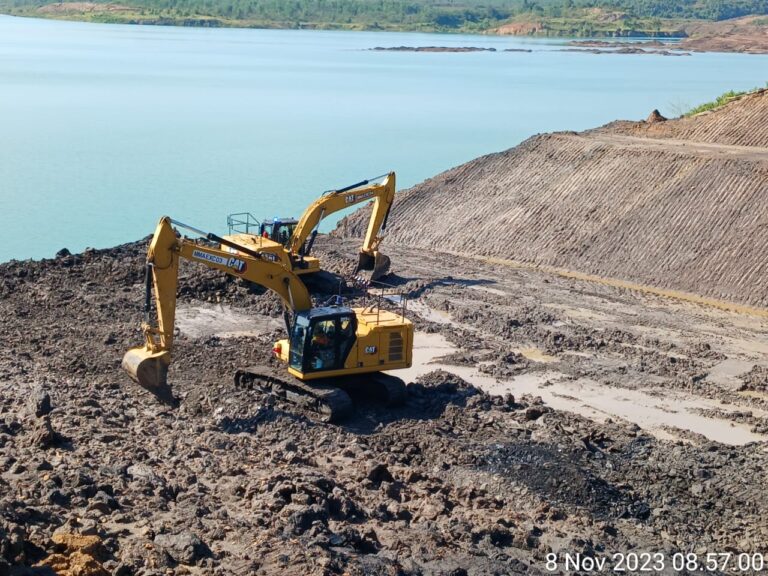Before the actual coal extraction process can begin, the land designated for mining must undergo extensive land clearing. This crucial step involves removing vegetation, topsoil, and any obstacles that could hinder mining operations. Land clearing in coal mining is a multi-stage process that utilizes various heavy equipment to transform the natural landscape into a mining-ready site.
The initial phase involves clearing vegetation, which includes trees, shrubs, and grasses. Feller bunchers, equipped with powerful cutting heads, are used to cut down trees efficiently. Skidders then drag the felled trees to a designated area for processing or disposal. Bulldozers equipped with blades or rakes are employed to remove smaller vegetation, stumps, and roots, clearing the ground for subsequent operations.
After the vegetation is cleared, the topsoil is removed and stockpiled for later reclamation efforts. Scrapers or excavators are used to strip away the topsoil, exposing the underlying rock and mineral deposits. In some cases, rippers might be used to break up hard rock layers, making them easier to excavate. Once the topsoil is removed, the land is leveled and graded using motor graders to create a smooth and stable surface for mining activities.
Land clearing in coal mining is a complex and resource-intensive process, but it is essential to ensure safe and efficient extraction. By employing specialized heavy equipment and adhering to environmental regulations, mining companies can minimize the impact of land clearing on the surrounding ecosystem and ensure successful reclamation after mining operations cease.





